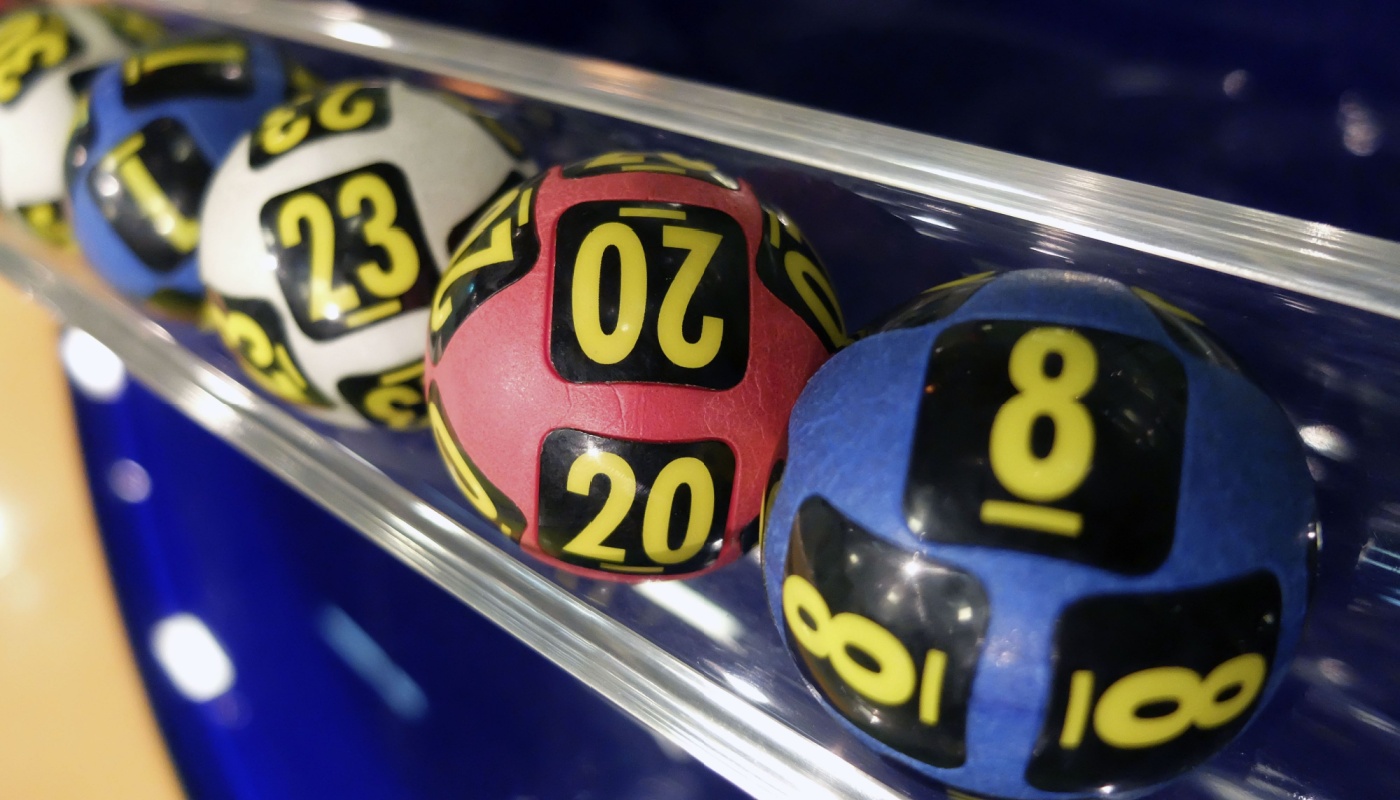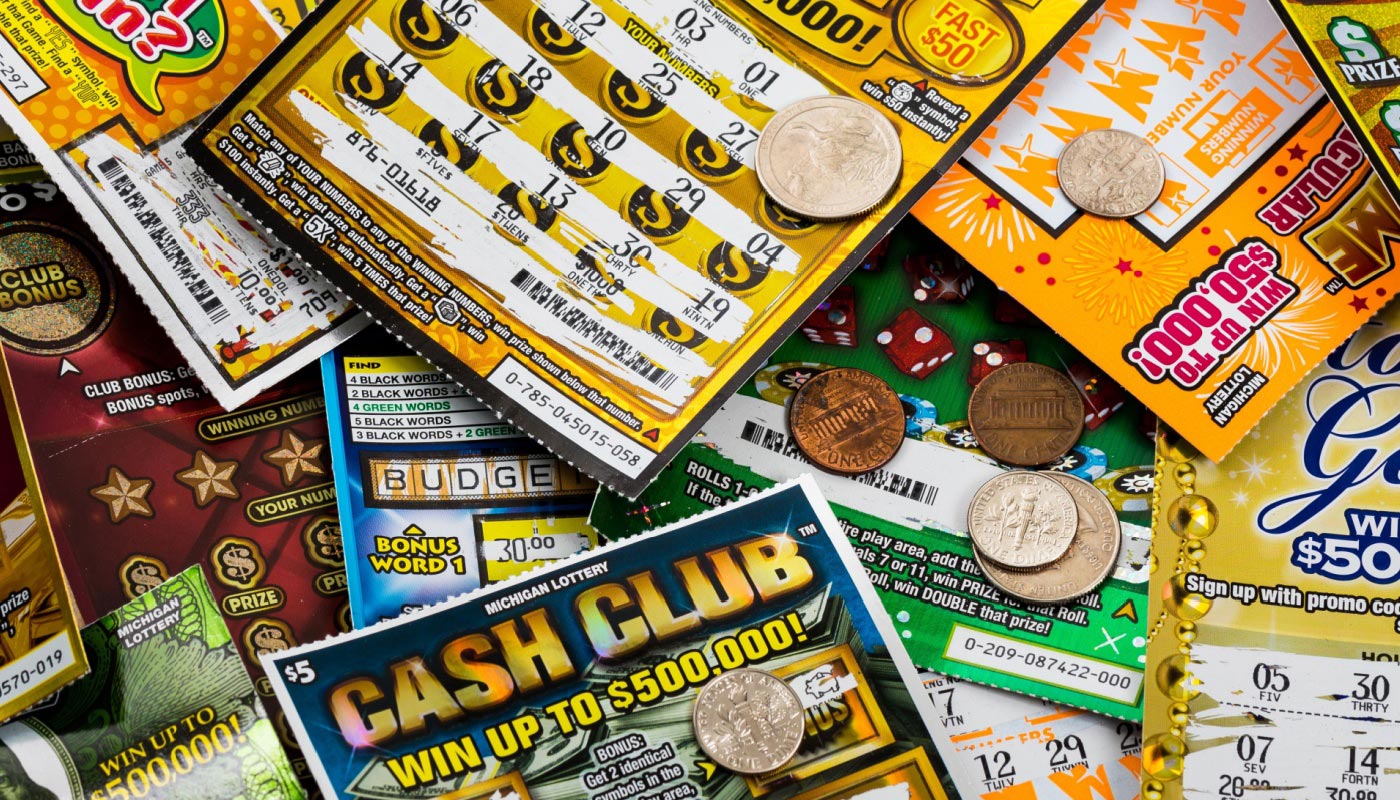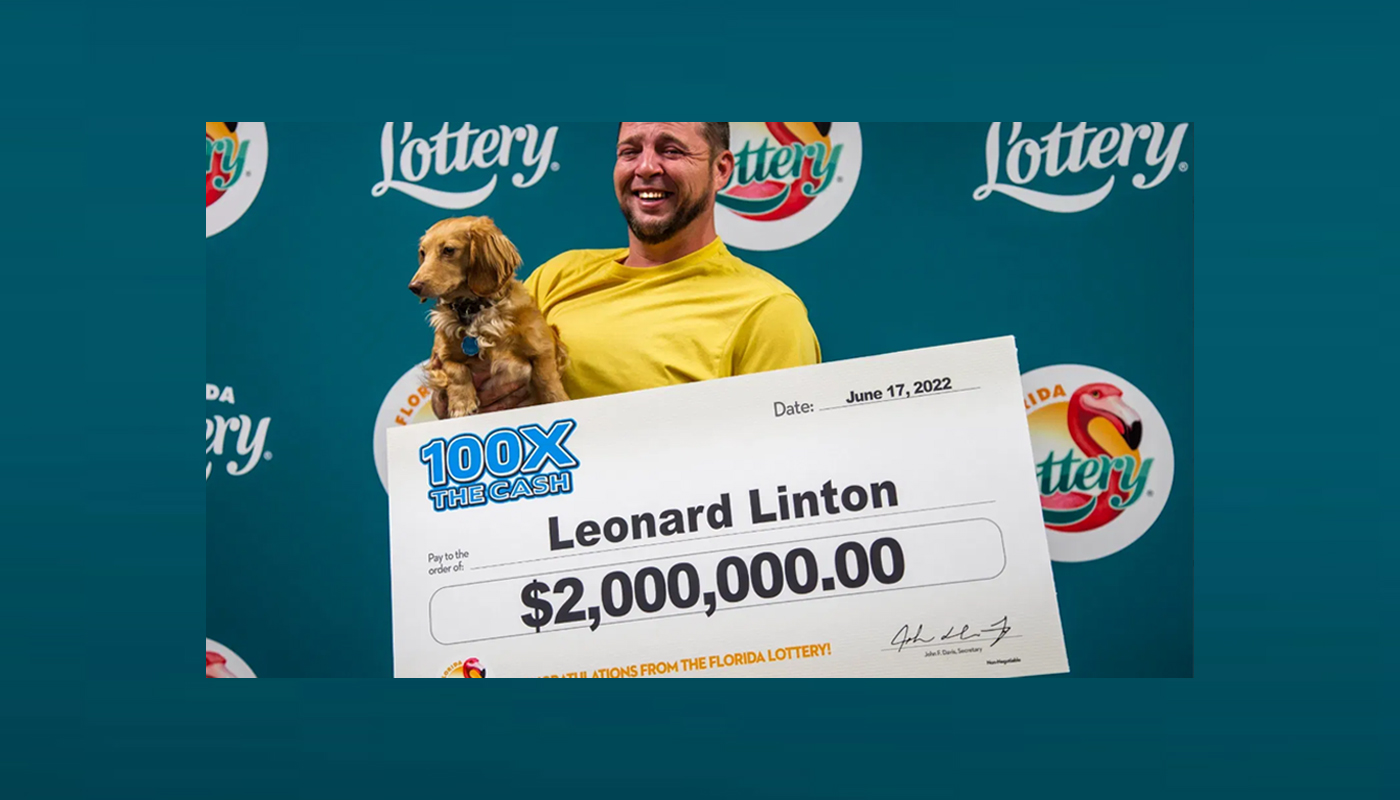
News writer, Interviewer
Every week, millions of people watch lottery drawings with hope and excitement. But have you ever wondered about the machines behind those life-changing moments? These aren't just simple glass globes spinning numbers—they're complex, carefully engineered systems designed to guarantee true randomness.
Two types of lottery machines
Lottery organizations use two primary machine types: gravity pick and air mix. While they might look similar, each has a unique mechanism for mixing and selecting numbers.
Gravity pick machines
In a gravity pick machine, foam balls drop into a chamber with two paddles spinning in opposite directions. This creates a chaotic mixing environment. A gravity pick machine usually selects the balls at the bottom, drawn by gravity or at the top by a rising shaft. An optical sensor ensures only the correct number of balls are selected.
The transparent process is intentional. By keeping the balls visible during mixing and drawing, lottery organizers prevent potential tampering and build public trust. Viewers can watch every step, confirming the drawing's integrity.
Air mix machines
Air mix machines use lightweight ping-pong-style balls painted with numbers. Jets of air blow upward through the chamber, creating a whirlwind that thoroughly mixes the balls. When the operator opens a valve, selected balls are pushed through clear tubes into a display area.
Ensuring lottery security
Lottery organizations have developed rigorous security protocols to maintain game integrity. Different states employ various strategies:
- New York Lottery maintains multiple ball sets, randomly selecting one for each drawing
- Balls are weighed before and after drawings to detect any unauthorized modifications
- Equipment remains locked in secure vaults until drawing time
- Some states, like Oregon, have law enforcement personnel supervise drawings
The 1980 Pennsylvania Lottery scandal
The Pennsylvania Lottery, established in 1971, had built a reputation for transparency and trust. But on a spring evening in 1980, that trust would be shattered in one of the most audacious lottery fraud attempts in American history.
The conspiracy began at TV station WTAE in Pittsburgh, where news anchor Nick Perry approached the station's art director, Joseph Bock, with an intriguing challenge: Could they manipulate the lottery draw?
Bock discovered a method of weighing balls by carefully adding paint with a syringe. The plan was clever. They would weigh down all balls except those numbered 4 and 6, hoping to make their manipulation less obvious. On April 24, 1980, they saw their opportunity when Edward Plevel left the machines unsupervised for 15 critical minutes.
The drawing that night produced an infamous number combination: 6-6-6. To execute the scam, Perry enlisted business partners Jack and Pete Maregos, who bought 14,700 lottery tickets. This was a potential $1.8 million payout.
The Maregos brothers couldn't resist telling friends and family about their plot. They placed bets with various bookmakers, including Tony Grosso's organization. Feeling cheated, Grosso leaked information to a local reporter, suggesting the lottery was rigged.
The legal consequences were swift. On September 19, 1980, Governor Dick Thornburg announced that a Grand Jury had found the Pennsylvania Lottery had been rigged. Some conspirators turned state's evidence, while Nick Perry and Edward Plevel went to trial.
On May 11, 1981, after a ten-day trial, the jury found both men guilty.
The incident became a watershed moment for lottery security. Lottery organizations nationwide implemented far more rigorous security protocols, ensuring that the public could trust in the randomness of each draw.
Inside a lottery machine manufacturer: SmartPlay's approach
To understand modern lottery machine design, we spoke with Mariana Mokritski, Director of Client Services at SmartPlay, a leading lottery machine manufacturer. Her insights reveal the intricate world of lottery machine production.
"SmartPlay is one of the only manufacturers that does everything in-house," Mokritski explained. With a team of 42 full-time employees, the company handles every aspect of machine creation—from cabinet building and acrylic work to programming and wiring.
The process begins with customization. "We work closely with our clients to design draw machines that meet their specific game requirements," Mokritski said. Unlike mass-produced equipment, each machine is tailored to a lottery's unique needs.
The science of randomness
Ensuring true randomness is critical. "The key to randomness is having ball sets with very tight weight tolerance," Mokritski emphasized. SmartPlay doesn't just rely on internal testing. They work with multiple third-party certification companies to validate their machines.
Each machine undergoes a rigorous quality control process. SmartPlay uses a 59-item checklist for ISO Machine QA Testing. This includes running 100 simulated games using the client's specific operational settings. Every ball set is tested using their Digital Ball Validation System (DBVS), with detailed test reports provided to clients.
Security and future innovation
When it comes to preventing tampering, SmartPlay takes a collaborative approach. "We advise our clients on draw procedures that safeguard their equipment," Mokritski said. For machines with RFID technology, additional security measures like passcodes, logs, and reporting are implemented to monitor and record access to the machine's internal components.
While cautious about new technologies, SmartPlay remains innovative. "Currently, our machines can be equipped with RFID technology, but we are constantly discussing new technologies and upgrades we can offer our clients," Mokritski said.
In 2024, SmartPlay introduced a new version of its Solution Controller, which incorporates features to enhance transparency and security. One significant advancement is the integration of RFID technology. This enables real-time tracking of machine components, ensuring their integrity. These features, combined with a web-based user interface, provide greater control and oversight over lottery draw processes.
However, Mokritski stated they're careful about maintaining the essence of lottery draws:
As our machines are more traditional and fuel the player's desire to see mechanical equipment draw their winning numbers, we have to think carefully on how AI would benefit and increase player interest.
Why machine design matters
Lottery machines represent more than just entertainment. They're complex systems balancing mathematics, engineering, and public trust. Each draw is a delicate dance of physics and probability, designed to give every number an equal chance.
Next time you watch a lottery drawing, remember: those spinning, tumbling balls are the result of meticulous design, rigorous testing, and a commitment to fairness.
Lottery machines prove that true randomness isn't just luck—it's science.

















Comments